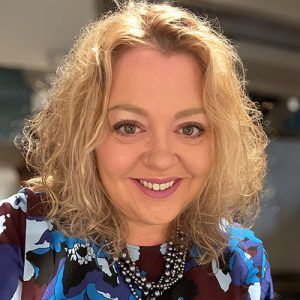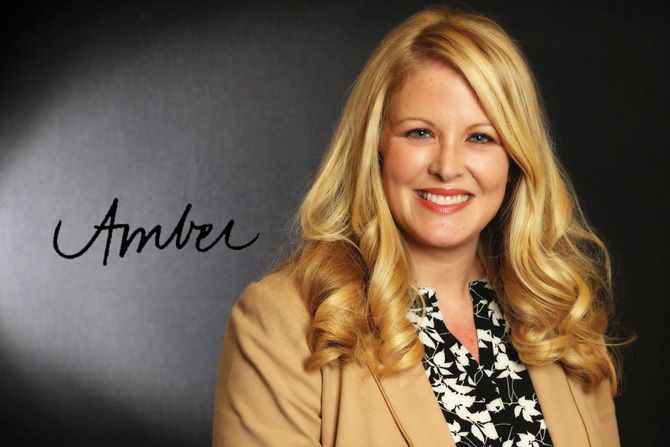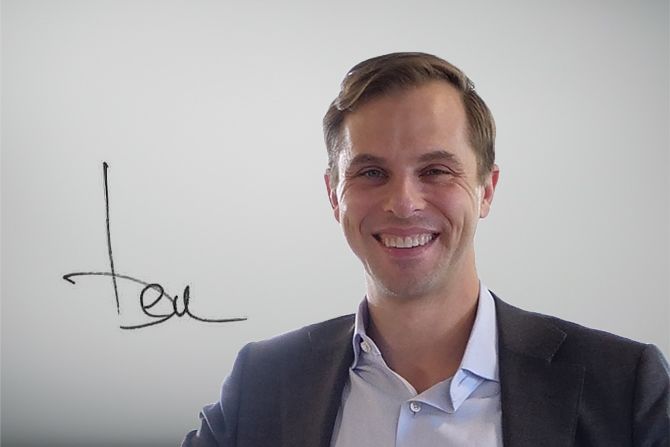As financial institutions consider ways to engage their teams, create a strong sense of belonging and bolster culture, employee resource groups continue to be an attractive option. ERGs, also known as affinity groups or business resource groups, are internal communities within your workplace that are voluntary, employee-led and serve as a resource for their members.
ERGs enhance career development, foster inclusion, increase the engagement levels of your teams and more. First Merchants Bank, home to 2,200 team members throughout a four-state footprint, is home to six ERGs: Emerging Professionals, First Women Connections, Interfaith, People of Color, Pride and Veterans. We bring in regular speakers, create networking opportunities, participate in internal panels and provide insight to top leaders. Most importantly, we provide a safe space for people to support each other in a way that encourages authenticity. I receive feedback on a regular basis from our group participants that they appreciate the safe space to be themselves.
Interested in starting your own ERG? I’ve put together a few best practices that have helped guide us in our journey.
Embrace Inclusion with Open ERGs. Employee Resource Groups are intended for everyone! They should be open to members, allies and anyone curious to learn more. ERGs foster understanding and belonging for all employees. This includes those from diverse backgrounds and those from majority groups who want to be better allies to their colleagues. Consider which group(s) would make the most sense for your bank, and engage in a continuous effort of listening for feedback. We recently added an InterFaith group and are looking to add a Wellness group later this year. The final goal of any ERG program is for every employee to receive the message that “There’s a place here for you!”
Support From the Top. One of the keys to our ERG success is having support from our top leaders. Each of our groups has an executive sponsor, who is a member of our executive management team. Their commitment to the groups shows over and over again through their interactions with members, their advocacy for the groups and their constant ask, “What can I do for you?” Our annual employee engagement survey, conducted by a third party, shows that members of ERGs are 5.5% more connected to our executive management team than non-ERG members.
Start Slow (and Organized). Managing an ERG is an undertaking, even with all the right support in place. Start slow and build a strong foundation before you expand. One thing that has been very helpful to me is to create and refer back to an ERG Playbook. This 20-page document contains everything from a layout of some basic definitions to standard operating procedures and a welcoming letter from our CEO. Not only does this guide the creation of new groups, it helps to ensure continuity and equity with the groups on a go-forward basis.
Budget. While not necessary, it has been extremely helpful to have a modest budget to support things like external speakers, participation in community events and training materials. You will find the payoff is worth the expense when you see the growth and development within your teams.
Metrics. Consider what is possible to track and what data will help you tell a future story. Do you want to see how many people are participating? Track it. Do you administer an engagement survey? Add inclusion and belonging questions. Do you receive feedback? Write it down. Do your research, and you will find that many Diversity, Equity and Inclusion practitioners are willing to share their metrics.
Self-Care. Whether you are launching your first ERG or you already manage several, there will be times when you face pushback and adversity. Be curious and invite those people into the conversation, but be aware of how that pushback may be impacting you and take time to take care of yourself. Engaging in Diversity, Equity and Inclusion work can be emotionally draining, and you need to protect yourself from burnout.
Best of luck in your employee resource group journey. I think you will quickly see an impact on your engagement and company culture that will trickle out to the community and the world around you.

Steph is based in northwest Indiana but serves the bank’s entire footprint. She has worked in the financial services industry for nearly 20 years, including consumer banking and corporate social responsibility, using her skills as fuel for her passion to help others.
Email Steph at SMadison@FirstMerchants.com.









